
The B2B platform for the best purchasing descision. Identify and compare relevant B2B manufacturers, suppliers and retailers
Close
Filter
Result configuration
Continents
Select continent
Locations
Result types
Company type
Select company type
Industries
Select industry
Company status
Select company status preset
Number of employees
Min.
Max.
Founding year
Roth Automation
Paramus, United States
B
11-50 Employees
2020
Key takeaway
Roth Automation specializes in providing cutting-edge automation equipment and solutions that enhance operational agility and efficiency for businesses. Their commitment to delivering tailored, end-to-end solutions positions them as a trusted partner for organizations looking to optimize productivity through innovative technology.
Reference
Product
Automation Solutions
Industrial Automation Supply
Portland, United States
B
11-50 Employees
1993
Key takeaway
Industrial Automation Supply is a key distributor of electrical controls and automation components, specifically catering to the Original Equipment Manufacturers (OEM) market in New England. With a diverse range of products, from Motion Control to Sensors, they position themselves as a "one-stop shop" for all automation needs, backed by nearly 30 years of industry experience and a commitment to providing innovative solutions.
Reference
Core business
Industrial Automation Supply
Automation Technologies
Rother, United Kingdom
A
1-10 Employees
1989
Key takeaway
Automation Technologies Ltd boasts over 30 years of expertise in designing and manufacturing automated production machines and components. Their in-house capabilities enable them to provide flexible and tailored automation solutions, utilizing the latest 2D and 3D software to address diverse product scenarios.
Reference
Service
automation - Automation Technologies
Looking for more accurate results?
Find the right companies for free by entering your custom query!
25M+ companies
250M+ products
Free to use
Automation Center LLC
Southfield, United States
B
1-10 Employees
-
Key takeaway
Automation Center LLC is recognized as a reliable distributor in the field of industrial automation, emphasizing their professionalism and strong technical support. Their commitment to quality and effective partnerships enhances their ability to meet diverse automation equipment needs.
Reference
Service
Automation Center LLC
Southern Automation Solutions
Valdosta, United States
B
1-10 Employees
-
Key takeaway
Southern Automation Solutions specializes in automation projects and offers 24/7 support for both emergencies and planned initiatives. They emphasize the importance of accurate data collection in enhancing production quality, which is crucial for effective decision-making.
Reference
Core business
Southern Automation Solutions
Proconex
Royersford, United States
B
251-500 Employees
1948
Key takeaway
Proconex specializes in providing a comprehensive range of Process Automation Control Systems, Valves, and Control Devices, making it a key player in the automation equipment sector. Their partnership with Emerson Automation Solutions further enhances their ability to deliver advanced technologies and services across various industries.
Reference
Product
Automation Solutions
Automation Solutions Limited
Accra, Ghana
D
11-50 Employees
2014
Key takeaway
The Automation Ghana Group (TAGG) specializes in providing innovative electrical and automation services and products, underscoring their expertise in automation solutions. With over a decade of experience and more than 580 successful projects, TAGG is a key player in the automation equipment sector in West Africa.
Reference
Product
Automation - Industrial Solutions and Control
Jansen Antriebstechnik GmbH
Viersen, Germany
A
1-10 Employees
-
Key takeaway
Jansen Antriebstechnik GmbH specializes in providing tailored automation solutions, emphasizing their ability to understand and address customer needs for successful automation and drive technology projects. With over 30 years of experience, the company is well-equipped to deliver effective and flexible automation equipment.
Reference
Service
Automation solutions
Automation and Control Systems Ltd.
Merthyr Tydfil, United Kingdom
A
1-10 Employees
2016
Key takeaway
The company has developed technical expertise in automation by collaborating with leading manufacturers in the field.
Reference
Core business
Automation & Control Systems – Automation & Control Systems
Arnold Machine Inc.
Tiffin, United States
B
11-50 Employees
1994
Key takeaway
The company specializes in delivering highly customized automation solutions, particularly in designing and building robotic and automated spray systems for precise application of coatings and adhesives. Their experienced engineering team works closely with clients to develop innovative solutions that enhance manufacturing processes.
Reference
Service
Automation Services - Arnold Machine
Technologies which have been searched by others and may be interesting for you:
A selection of suitable products and services provided by verified companies according to your search.
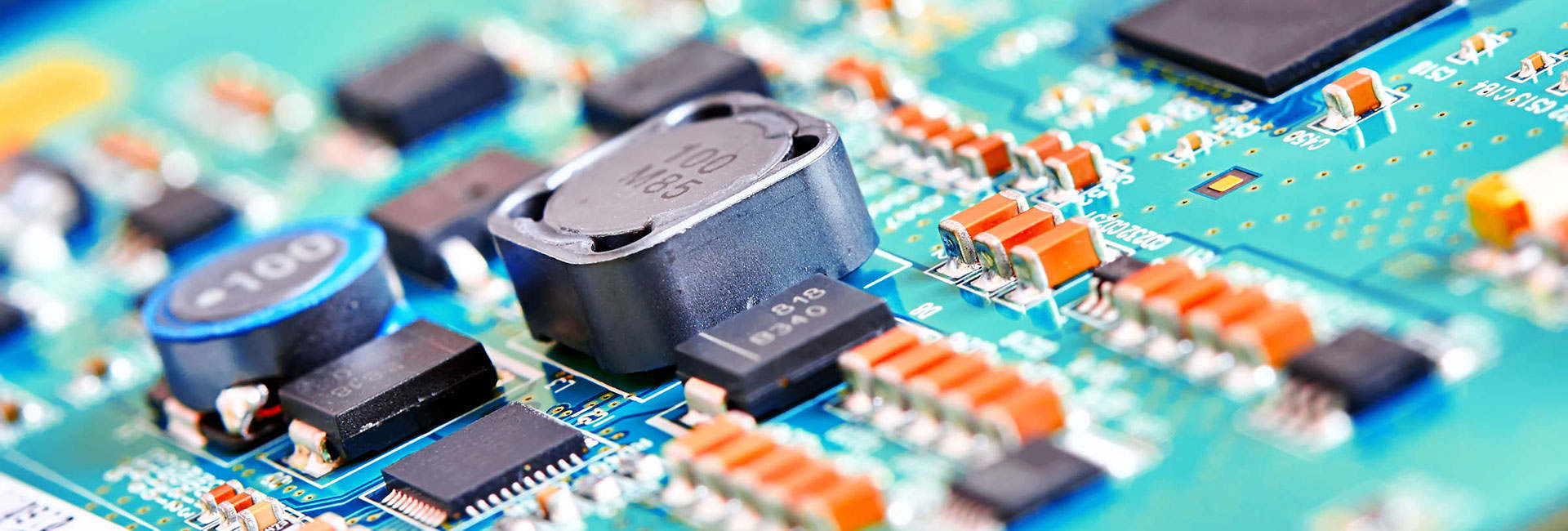
Service
Custom Electronics
Go to product
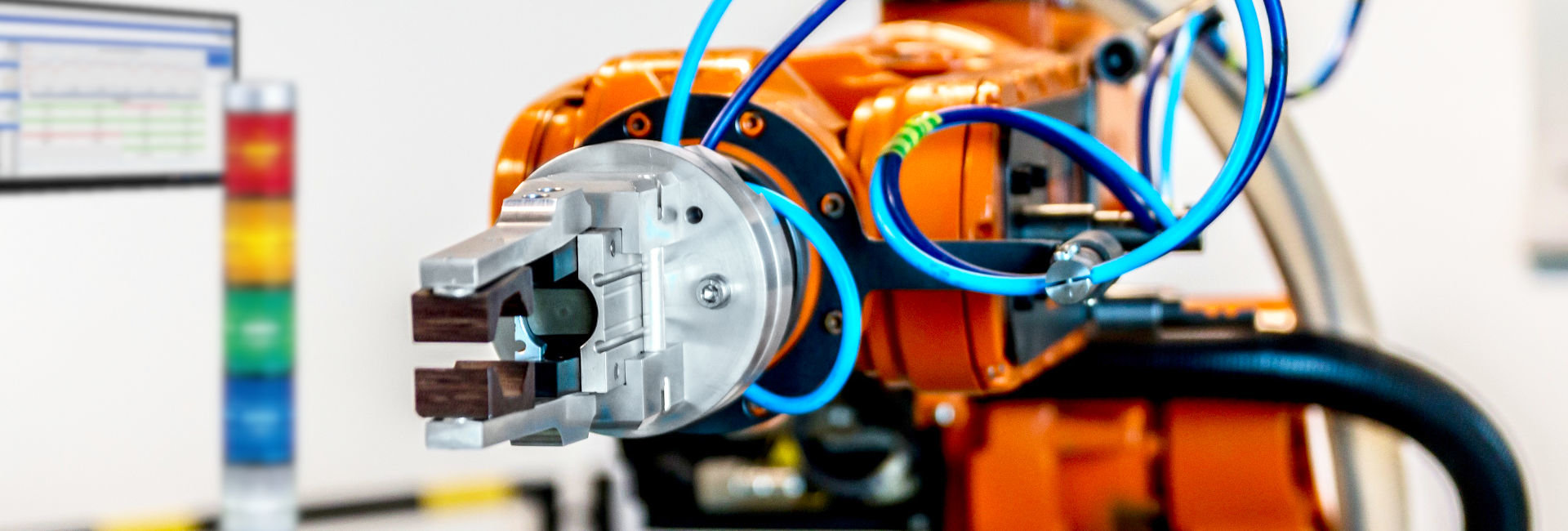
Service
https://www.adgenera.com/en/automation.html
Go to product
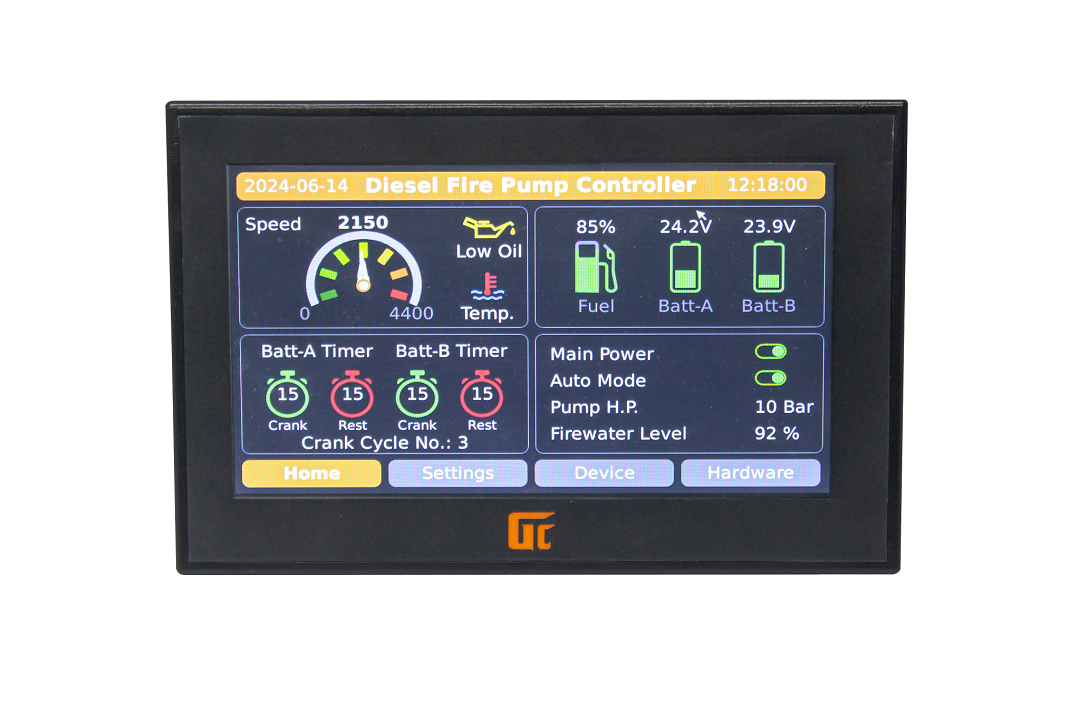
Product
Versacon 7
Go to product
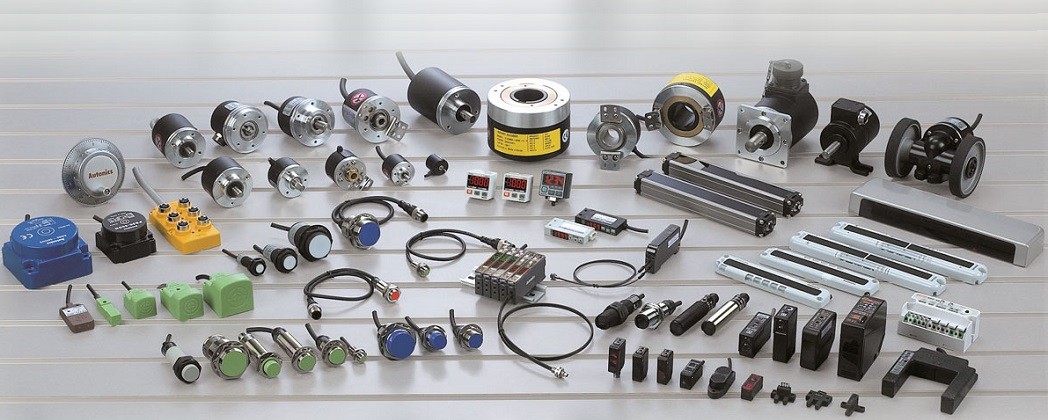
Product
Sell to Us
Go to product
A selection of suitable use cases for products or services provided by verified companies according to your search.
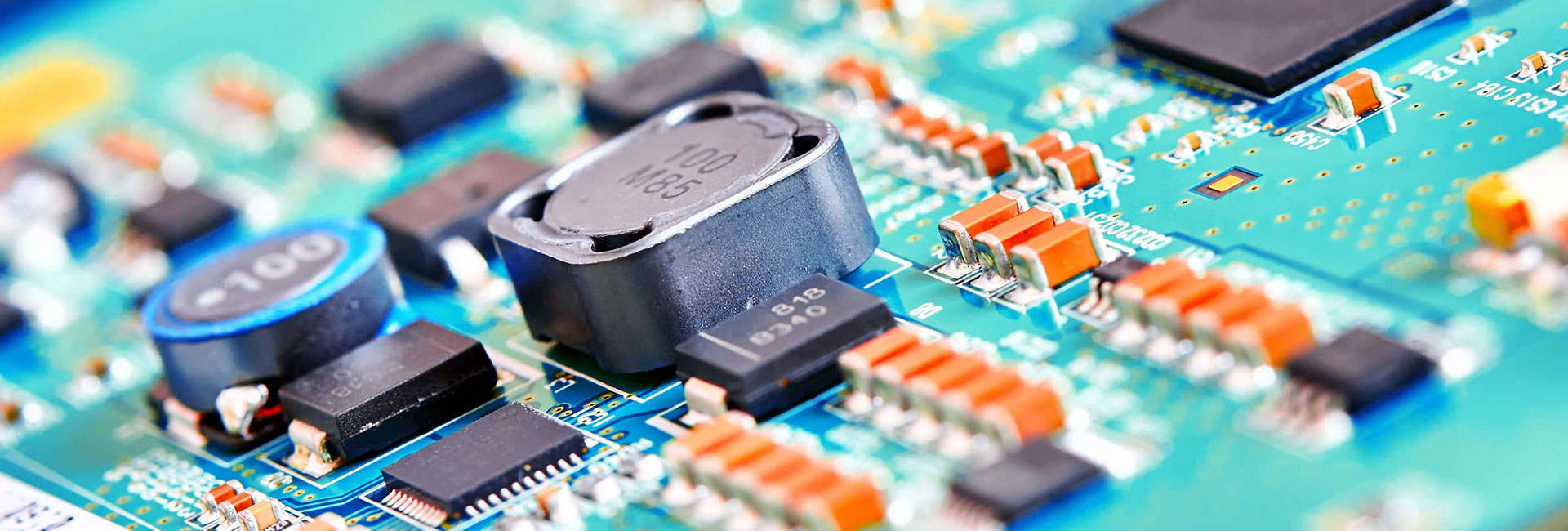
Use case
Custom Electronic Design
automotive, E-mobility, automation, industrial automation, machinery, industrial machinery, smart industry, industry 4.0
Electronic design frameworks Electronic design starts from the component layout specification. Also, it consists in the definition of interconnections and PCB technology. Finally, component selection is formalized (BOM, Bill of Material), such as the circuit schematics and the layout of PCB traces (gerber file). If the Electronc Systems is composed of multiple circuit boards, electronic design includes the description of the interconnection schemes, and the instructions for the wiring manufacturing. Adgenera develops electronic circuits tailored and suitable for any application. It selects the most valuable technology for the peculiar field of application, in order to ensure the maximum reliability. Electronic design frameworks Custom-designed electronic solutions can be found in many sectors, covering various fields of application and meeting Client needs. The most frequent requests are: design “from the scratch” miniaturization of an existing circuit board cost Reduction electronic board update, when components are no longer available engineering a prototypal board, either partially or completely working functional improvement (for example, adding a wireless interface) performance improvement (for example, power consumption reduction) Other elements increase the complexity of the electronic design: legacy firmware for the previous version of board need for a custom / legacy interface to other electronic existing systems availability of the components on the market within a certain amount of time project constraints due to standards or certifications The steps of the Electronic Design Electronic design aims to respond to the request of designing and producing electronic circuit boards. First, the customer is interviewed on the characteristics of the electronic system to be designed.. The customer is actively involved to identify the best design choices. This preliminary phase leads to the correct identification of development times and costs, allowing the customer to verify the compliance with his needs and to create a preliminary project planning. Now the electronic scheme can be designed. Specific skills of our designers are applied to correctly select and size the components. Once the scheme has been designed, the electronic components available on the market are selected. Then, they will be soldered to the electronic board during its production phase. We select the most suitable package of components depending on the layout, the space available and the type of application. This design phase leads a draft of the BOM (Bills of Materials) necessary to supply and solder the right components. The electronic components chosen are placed on the board surface. Their positions strictly match design constraints principles to guarantee the correct functioning of the electronic system. Usually several alternative arrangements are evaluated. Finally, the chosen one is the one that leads to the best result once the electronic card is produced. Once the components are finally placed in the board, it is necessary to draw the connections (tracks) that appropriately connect the pins of the components themselves. The tracks design needs to follow many rules and best practices: although there are infinite ways to connect the chosen components, only a few solutions guarantee a good quality card. The preliminary electronic design project is ready: the first board samples are created to check the functionality and performance of the designed electronic system in the laboratory. During the tests, the laboratory instrumentation verifies that each quantity measurable on the card corresponds to the value theoretically calculated during the electronic scheme design.

Use case
Custom Electronic Design
automotive, E-mobility, automation, industrial automation, machinery, industrial machinery, smart industry, industry 4.0
Electronic design frameworks Electronic design starts from the component layout specification. Also, it consists in the definition of interconnections and PCB technology. Finally, component selection is formalized (BOM, Bill of Material), such as the circuit schematics and the layout of PCB traces (gerber file). If the Electronc Systems is composed of multiple circuit boards, electronic design includes the description of the interconnection schemes, and the instructions for the wiring manufacturing. Adgenera develops electronic circuits tailored and suitable for any application. It selects the most valuable technology for the peculiar field of application, in order to ensure the maximum reliability. Electronic design frameworks Custom-designed electronic solutions can be found in many sectors, covering various fields of application and meeting Client needs. The most frequent requests are: design “from the scratch” miniaturization of an existing circuit board cost Reduction electronic board update, when components are no longer available engineering a prototypal board, either partially or completely working functional improvement (for example, adding a wireless interface) performance improvement (for example, power consumption reduction) Other elements increase the complexity of the electronic design: legacy firmware for the previous version of board need for a custom / legacy interface to other electronic existing systems availability of the components on the market within a certain amount of time project constraints due to standards or certifications The steps of the Electronic Design Electronic design aims to respond to the request of designing and producing electronic circuit boards. First, the customer is interviewed on the characteristics of the electronic system to be designed.. The customer is actively involved to identify the best design choices. This preliminary phase leads to the correct identification of development times and costs, allowing the customer to verify the compliance with his needs and to create a preliminary project planning. Now the electronic scheme can be designed. Specific skills of our designers are applied to correctly select and size the components. Once the scheme has been designed, the electronic components available on the market are selected. Then, they will be soldered to the electronic board during its production phase. We select the most suitable package of components depending on the layout, the space available and the type of application. This design phase leads a draft of the BOM (Bills of Materials) necessary to supply and solder the right components. The electronic components chosen are placed on the board surface. Their positions strictly match design constraints principles to guarantee the correct functioning of the electronic system. Usually several alternative arrangements are evaluated. Finally, the chosen one is the one that leads to the best result once the electronic card is produced. Once the components are finally placed in the board, it is necessary to draw the connections (tracks) that appropriately connect the pins of the components themselves. The tracks design needs to follow many rules and best practices: although there are infinite ways to connect the chosen components, only a few solutions guarantee a good quality card. The preliminary electronic design project is ready: the first board samples are created to check the functionality and performance of the designed electronic system in the laboratory. During the tests, the laboratory instrumentation verifies that each quantity measurable on the card corresponds to the value theoretically calculated during the electronic scheme design.
Automation equipment refers to a variety of tools and technologies designed to automate processes in manufacturing and other industries. This equipment can include robotics, conveyor systems, programmable logic controllers (PLCs), sensors, and actuators. These components work together to enhance efficiency, reduce human intervention, and minimize errors in production. By implementing automation equipment, businesses can achieve higher productivity and consistency in their operations. The integration of such technology leads to streamlined workflows, improved safety, and significant cost savings over time.
Automation equipment plays a crucial role in enhancing manufacturing efficiency by streamlining processes and reducing operational costs. By implementing automated systems, manufacturers can significantly minimize human error, leading to more consistent product quality. Additionally, automation allows for faster production rates, as machines can operate continuously without breaks, thereby increasing output. Moreover, automation equipment can optimize resource allocation. Advanced technologies such as robotics and artificial intelligence enable manufacturers to monitor systems in real-time, allowing for proactive maintenance and reducing downtime. This not only improves overall productivity but also enhances the ability to respond swiftly to market demands, making manufacturing operations more agile and competitive.
1. Manufacturing
Automation equipment plays a crucial role in manufacturing by streamlining production processes, enhancing efficiency, and reducing labor costs. It allows for precise control of machinery, enabling faster production rates and consistent quality.
2. Food and Beverage
In the food and beverage industry, automation equipment ensures safety and compliance by automating processes such as packaging, bottling, and quality control. This results in improved hygiene and reduced waste while meeting high demand efficiently.
3. Automotive
The automotive sector benefits significantly from automation equipment as it enables the assembly line to operate smoothly and at high speeds. Robotics and automated systems improve accuracy in tasks such as welding, painting, and assembling components.
4. Pharmaceuticals
In pharmaceuticals, automation equipment is vital for maintaining stringent quality standards. It helps in the precise dosage, packaging, and tracking of medications, ensuring patient safety and compliance with regulatory requirements.
5. Logistics and Warehousing
Automation equipment enhances efficiency in logistics and warehousing by streamlining inventory management, order fulfillment, and shipping processes. Automated guided vehicles (AGVs) and robotic systems reduce human error and speed up operations.
Evaluating the cost-effectiveness of automation equipment involves several key factors. First, consider the initial investment required for purchasing and installing the equipment. This includes not only the price of the machinery but also any associated costs for training personnel and integrating the system into existing workflows. Next, analyze operational savings that the equipment can provide. This may include reductions in labor costs, increased production rates, and fewer errors, which can lead to lower material waste. Additionally, assess the return on investment (ROI) by comparing the total costs against the long-term benefits gained through increased efficiency and productivity. By looking at these aspects, businesses can make informed decisions regarding the cost-effectiveness of automation equipment.
Recent advancements in automation equipment technology have focused on increasing efficiency and flexibility in various industries. One notable trend is the integration of artificial intelligence (AI) and machine learning, which allows automation systems to learn from data and improve their performance over time. This capability enhances predictive maintenance, reducing downtime and operational costs. Another significant trend is the rise of collaborative robots, or cobots, designed to work alongside human operators. These machines are equipped with advanced sensors and safety features, enabling them to assist in tasks while ensuring a safe working environment. Additionally, the Internet of Things (IoT) plays a critical role, connecting devices for real-time data exchange, which optimizes processes and allows for smarter decision-making. Overall, the automation equipment sector is rapidly evolving, driven by technological innovation and the need for improved productivity.
Some interesting numbers and facts about your company results for Automation Equipment
| Country with most fitting companies | United States |
| Amount of fitting manufacturers | 10000 |
| Amount of suitable service providers | 9715 |
| Average amount of employees | 11-50 |
| Oldest suiting company | 1948 |
| Youngest suiting company | 2020 |
20%
40%
60%
80%
Some interesting questions that has been asked about the results you have just received for Automation Equipment
What are related technologies to Automation Equipment?
Based on our calculations related technologies to Automation Equipment are Education, Engineering Services, IT & Technology Services, Healthcare Services, Consulting
Which industries are mostly working on Automation Equipment?
The most represented industries which are working in Automation Equipment are Automation, IT, Software and Services, Other, Machinery Manufacturing, Manufacturing
How does ensun find these Automation Equipment Manufacturers?
ensun uses an advanced search and ranking system capable of sifting through millions of companies and hundreds of millions of products and services to identify suitable matches. This is achieved by leveraging cutting-edge technologies, including Artificial Intelligence.